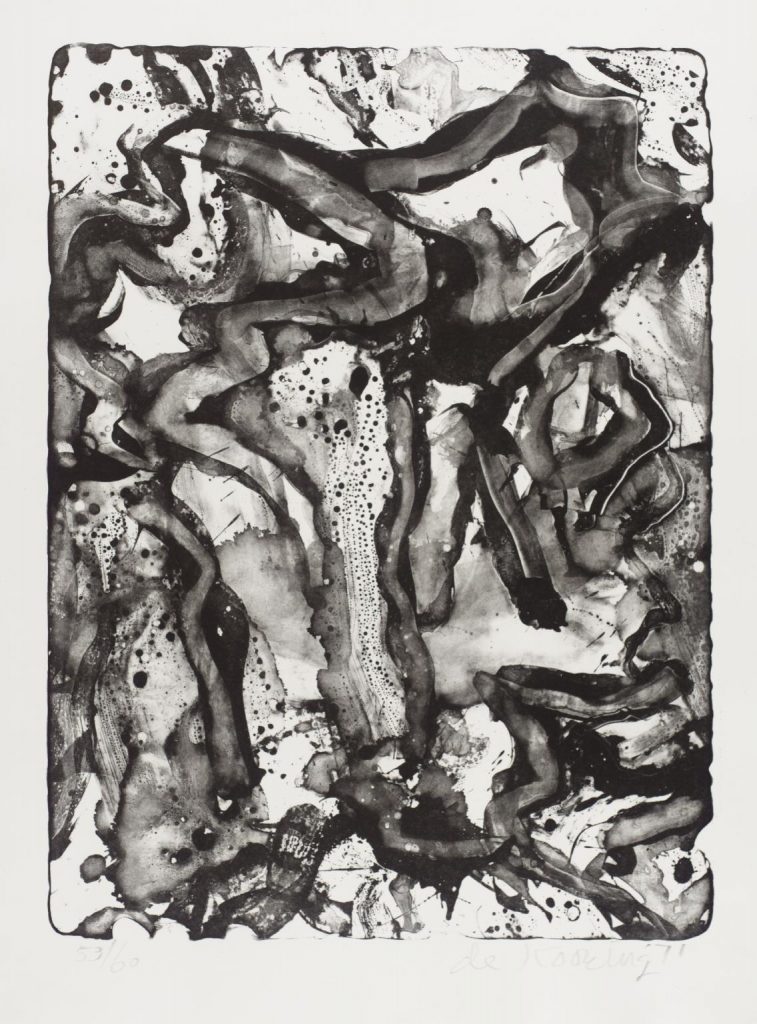
Abstract Expressionism: Emotion in Art.
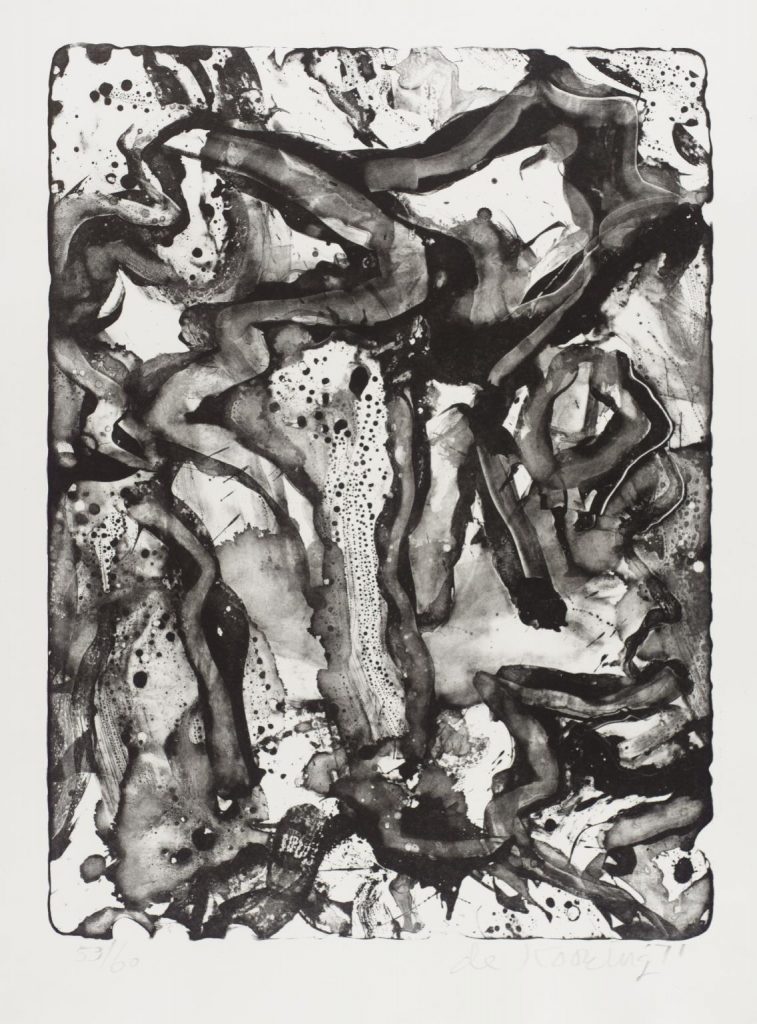
Abstract Expressionism was a major art movement that emerged in the United States during the post-World War II era, specifically in the late 1940s and 1950s. It is often considered the first distinctively American avant-garde art movement that had a significant impact on the global art scene. The movement is characterized by its emphasis on abstract, non-representational art and a focus on the spontaneous, emotional expression of the artist.
Key Characteristics of Abstract Expressionism:
- Non-representational Art: Abstract Expressionists rejected traditional representational art, opting instead for abstraction. They sought to convey emotions and ideas through colors, shapes, and textures, devoid of recognizable imagery.
- Emotional Expression: Central to Abstract Expressionism was the idea that the act of creation itself was an emotional and spiritual experience. Artists used their works as a means of expressing their inner feelings and subconscious thoughts.
- Gestural and Action Painting: The technique often associated with Abstract Expressionism is known as “action painting” or “gestural painting.” Artists used bold, sweeping, and energetic brushstrokes, sometimes dripping or splattering paint directly onto the canvas, which created a sense of movement and spontaneity.
- Color Field Painting: Another prominent approach within Abstract Expressionism is “color field painting.” Artists would cover large areas of the canvas with expansive fields of color, often flat and unmodulated, to evoke emotional responses in viewers.
- Scale and Size: Many Abstract Expressionist works are large in scale, allowing viewers to immerse themselves in the emotional intensity of the artwork.
- Subjective Interpretation: The movement encouraged individual interpretation, leaving the meaning of the artwork open to the viewer’s personal experiences and emotions.
Notable Abstract Expressionist Artists:
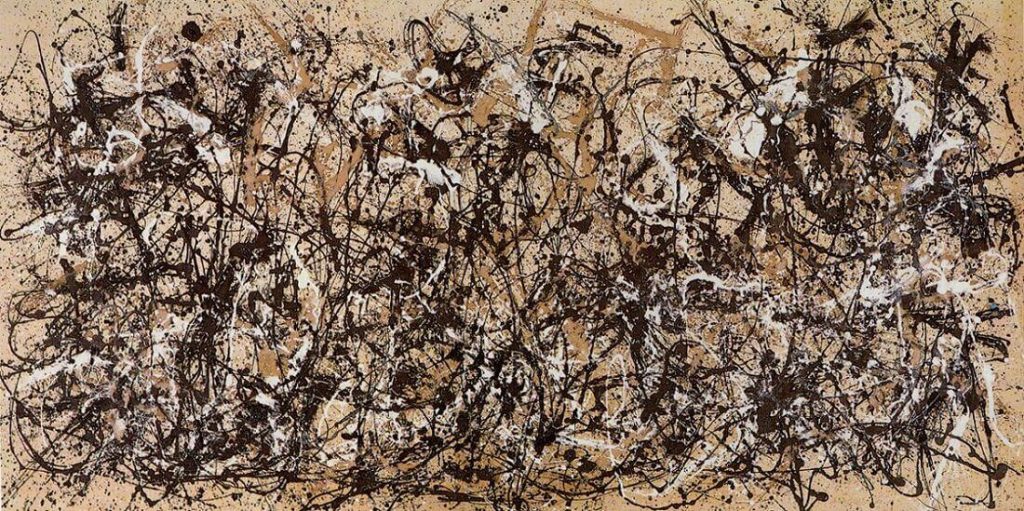
Autumn Rhythm (Number 30), 1950
Jackson Pollock (1912-1956): Famous for his drip and splash painting technique, Pollock is often considered the epitome of Abstract Expressionism.
Willem de Kooning (1904-1997): Known for his powerful brushwork and exploration of the human figure amidst abstraction.
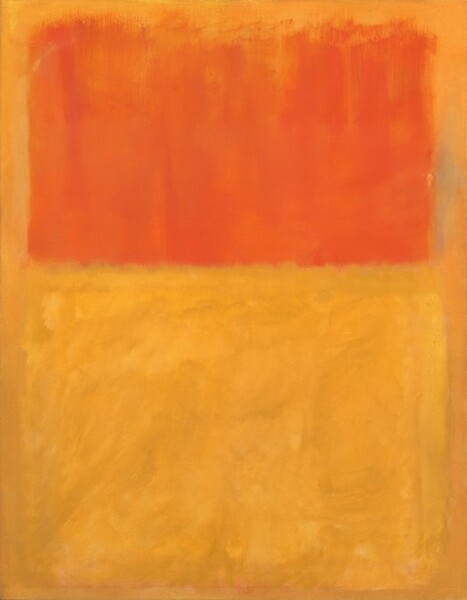
Orange and Tan, 1954 Mark Rothko, Nat Gallery of Art Washington USA
Mark Rothko (1903-1970): A pioneer of color field painting, Rothko’s work focuses on large, vibrant color blocks that evoke emotional responses.
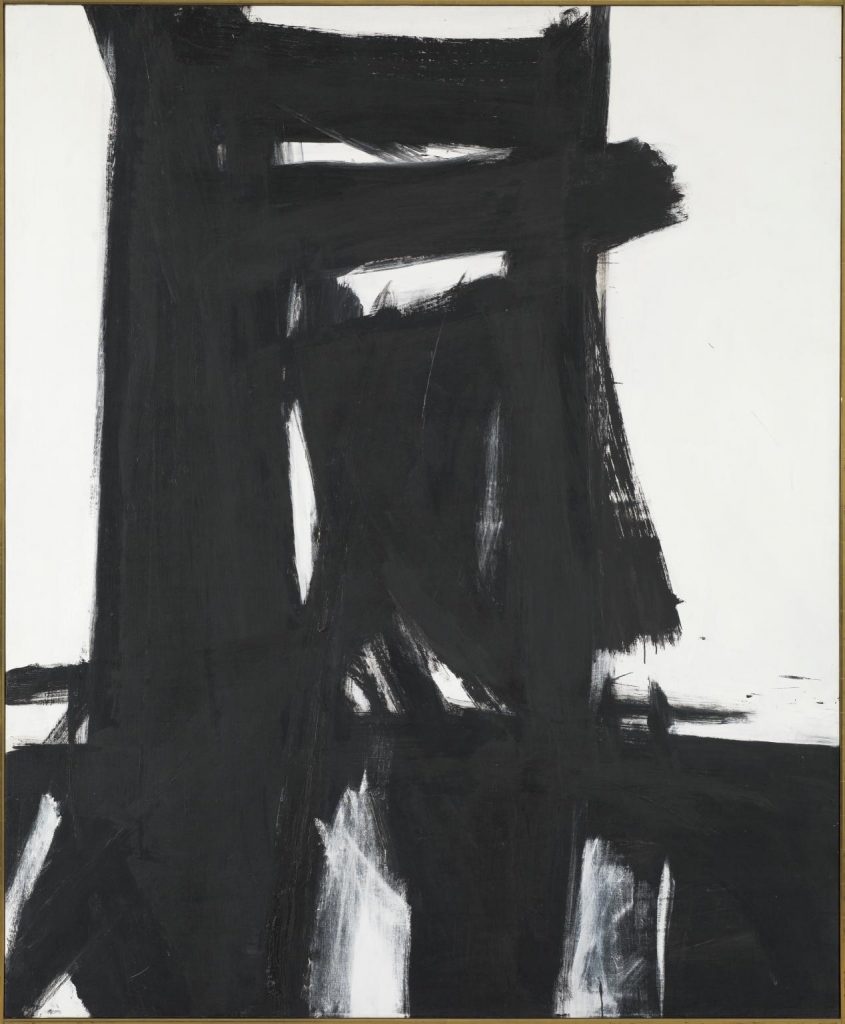
Franz Kline (1910-1962): Known for his bold, black-and-white paintings with strong, dynamic brushwork.
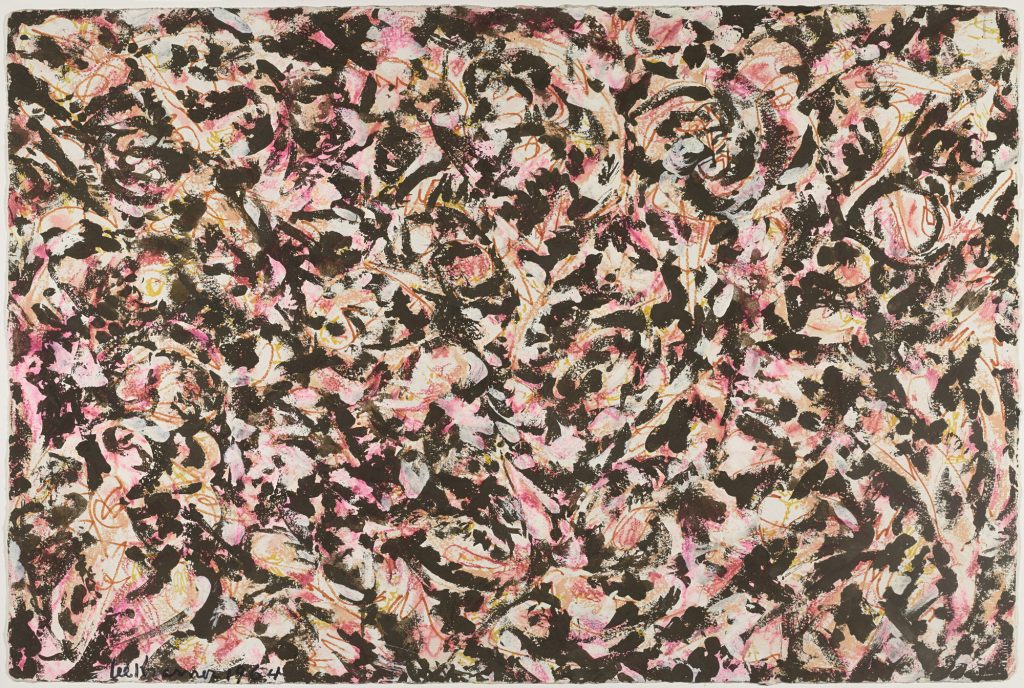
Untitled 1964, MoMA, USA
Lee Krasner (1908-1984): An influential artist in her own right and the wife of Jackson Pollock, Krasner’s work often explored both abstraction and natural forms
Impact and Legacy:
Abstract Expressionism had a profound impact on the art world, influencing subsequent movements and shaping modern art’s trajectory. It helped solidify New York City as the new center of the art world, replacing Paris. The movement also paved the way for later art forms such as Minimalism, Pop Art, and Color Field Painting. Furthermore, Abstract Expressionism’s emphasis on individuality and emotional expression promoted the idea that art could be a deeply personal and introspective experience for both artists and viewers.
Despite its initial controversy and criticism, Abstract Expressionism is now regarded as a pivotal movement that revolutionized the way art was perceived, created, and interpreted. Its legacy continues to inspire artists and art enthusiasts around the world, making it one of the most influential movements in the history of modern art.
